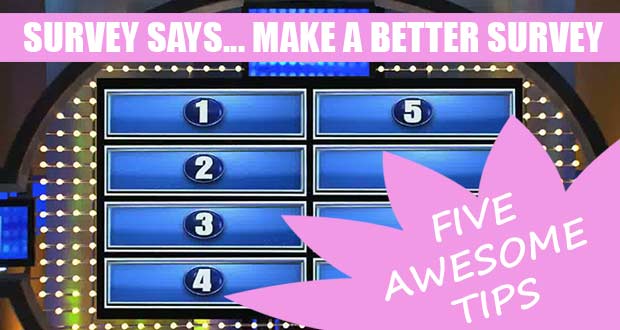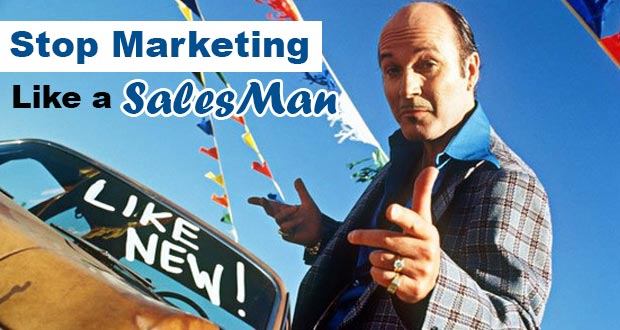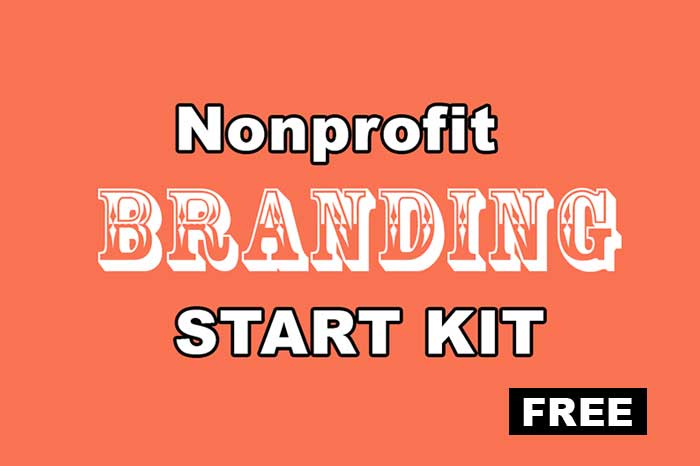Marshall McLuhan was meant for today’s hypermedia society, and yet his theories on communication in the digital age came at a time before the World Wide Web ever existed. Also known for his cameo in the Woody Allen movie Annie Hall*, Marshall McLuhan presupposed that media would be an increasingly important element in the future generations, as it has proved to be.
As useful and timeless as his theories are, non-profits can benefit from a re-reading of McLuhan in an age where:
1. The Medium is the Message
The main focal point of McLuhan’s theories derive from the fact that a medium is an extension of the self. In his landmark publication, The Medium is the Message, McLuhan asserts that content is affected by the medium in which you choose to relay it. Many non-profits assume our mission statement can speak for itself, but we then ask why Millennials aren’t supporting our cause, or why a funder decided to decrease contributions. If the medium in which you are communicating your mission hasn’t changed, but your staff, audience and donors have – it’s time to ask if the medium is accurately representing your organization’s mission.
2. We live in a Global Village
The rapid connectivity that technology allows has created a unified social sphere by which all content can be shared and accessed with relative ease, creating what McLuhan called the Global Village. It is easy for many organizations to assume that communication and marketing strategy is a one-way directive, when in fact there are many voices narrating an organization’s dialogue simultaneously. Just because you have a new logo, doesn’t mean that public perception has changed. In fact, in the non-profit village loves gossip as much as your nosey neighbors. Making sure your Global Village is chatting about you in a positive way isn’t just a marketing initiative, it’s a conversation.
3. Media is either hot or cool
Not all media is created equal, and Marshall McLuhan categorized various forms of communication into either ‘hot’ or ‘cool’. Semantics aside, hot media extends one message, one-way, as a directive to the audience. Consider books, films, radio and lecture-based media as ‘hot’. Cool media involves audience participation with less of a clearly defined message. For instance, social media, telephone conversations and art would be considered ‘cool’ media. In order for non-profits to engage with their communities and be able to communicate their missions, they have to get ‘cool’ about how marketing and engagement is utilized.
Be cool, non-profits. Be cool.













